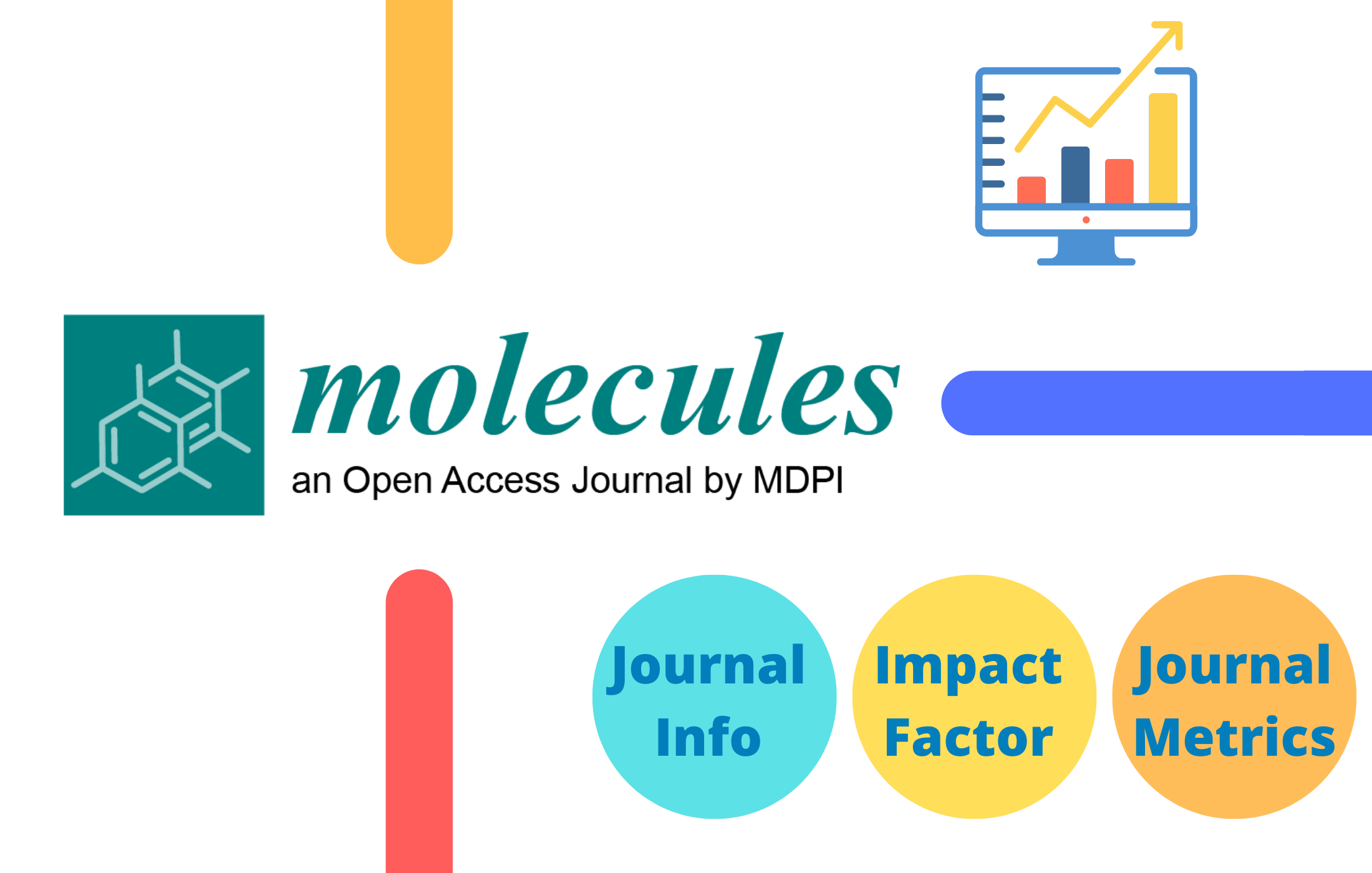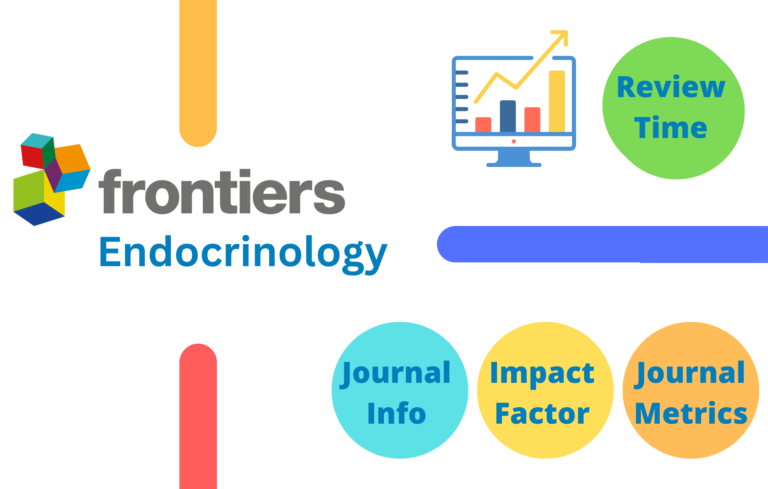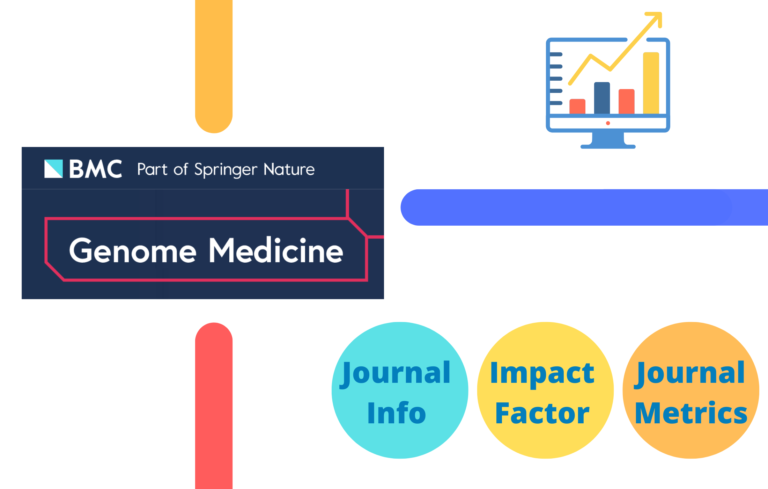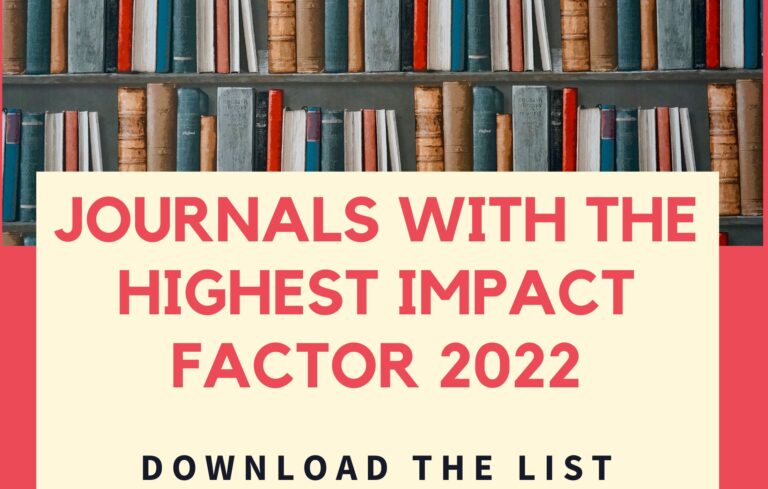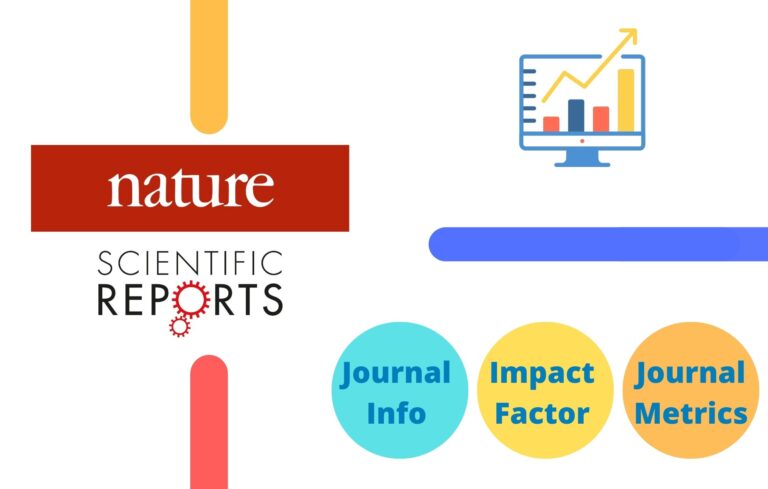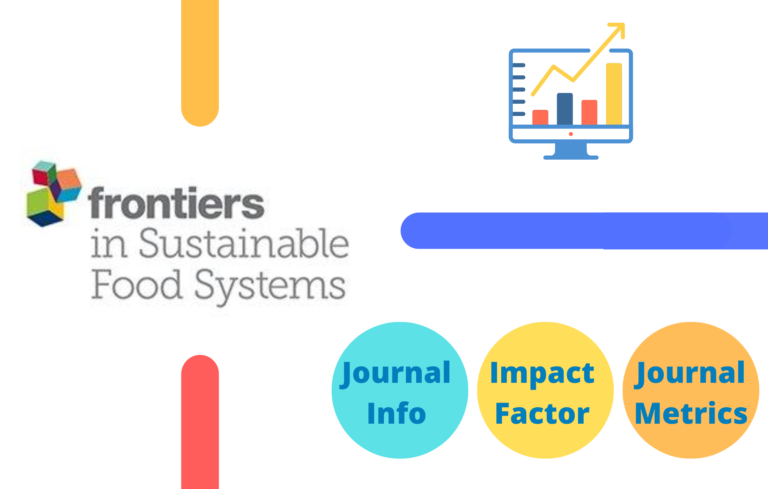Here in this post, apart from Molecules Impact Factor, I have tried to compile all the necessary information a research scholar would seek before publishing an article in the journal.
About Molecules Journal
Molecules is a peer-reviewed open-access scientific journal that focuses on all aspects of chemistry and materials science. It was established in March 1996 and is published monthly by MDPI. From 1997 to 2001, Molbank was published as a section of the journal, before splitting into its own journal. The editor-in-chief is Farid Chemat.
Molecules was initially published by Springer-Verlag. In December 1996, Shu-Kun Lin resigned as editor and relaunched the journal with Molecular Diversity Preservation International (MDPI). Springer initially sued over naming rights, but eventually dropped the suit
Molecules Impact Factor
Impact Factor (IF) or often called journal impact factor (JIF) is an index provided by an analytics company named Clarivate. The impact factor is calculated by dividing the number of times the articles are cited in the last two years by the total number of publications in those two years.
- Total Citations in 2020 and 2021 = 500
- Total Number of Publications in 2020 and 2021 = 100
- Impact Factor of the Journal in 2022 = 500/100 = 5
Molecules Impact Factor (2017-2023)
- Molecules Impact Factor 2017 – 3.098
- Molecules Impact Factor 2018 – 3.060
- Molecules Impact Factor 2019 – 3.267
- Molecules Impact Factor 2020 – 4.411
- Molecules Impact Factor 2021 – 4.927
- Molecules Impact Factor 2021 – 4.6 (updated June 2023)
Sustainable Cities and Society Impact Factor 2022
Molecules H-index
The h index is a metric for evaluating the cumulative impact of an author’s scholarly output and performance; measures quantity with quality by comparing publications to citations.

The h index of Molecules Journal is 171, which means among all the published articles in this journal, 171 of these publications have received at least 171 citations each.
Molecules Journal Metrics
Molecules CiteScore
CiteScore (CS) of an academic journal is a measure reflecting the yearly average number of citations to recent articles published in that journal.
| Cites / Doc. (3 years) | 2018 | 3.445 |
| Cites / Doc. (3 years) | 2019 | 3.497 |
| Cites / Doc. (3 years) | 2020 | 4.246 |
| Cites / Doc. (3 years) | 2021 | 4.874 |
| Cites / Doc. (2 years) | 2018 | 3.120 |
| Cites / Doc. (2 years) | 2019 | 3.309 |
| Cites / Doc. (2 years) | 2020 | 4.180 |
| Cites / Doc. (2 years) | 2021 | 4.673 |
Molecules SCImago Rank
The SCImago Journal Rank (SJR) indicator is a measure of the scientific influence of scholarly journals that accounts for both the number of citations received by a journal and the importance or prestige of the journals where the citations come from.
| Year | SCImago Journal Rank (SJR) |
|---|---|
| 2018 | 0.757 |
| 2019 | 0.698 |
| 2020 | 0.782 |
| 2021 | 0.705 |
Molecules Editorial Board Members
- Chief Editor | Prof. Dr. Farid Chemat
- Other editorial members (1800+)
Molecules Publication Fee
Molecules is an open-access journal. The publication fee for Molecules is 2300 CHF
Molecules Review Time
Sustainable Cities and Society prioritizes rapid publication and uses single-blind peer review, which is standard across Cell Press journals.
| Time to first decision | 14.2 days |
| Acceptance to publication time | 2.8 days |
Molecules Reference Style
References should be described as follows, depending on the type of work: Journal Articles:
1. Author 1, A.B.; Author 2, C.D. Title of the article. Abbreviated Journal NameYear, Volume, page range.Books and Book Chapters:
2. Author 1, A.; Author 2, B. Book Title, 3rd ed.; Publisher: Publisher Location, Country, Year; pp. 154–196.
3. Author 1, A.; Author 2, B. Title of the chapter. In Book Title, 2nd ed.; Editor 1, A., Editor 2, B., Eds.; Publisher: Publisher Location, Country, Year; Volume 3, pp. 154–196.Unpublished materials intended for publication:
4. Author 1, A.B.; Author 2, C. Title of Unpublished Work (optional). Correspondence Affiliation, City, State, Country. year, status (manuscript in preparation; to be submitted).
5. Author 1, A.B.; Author 2, C. Title of Unpublished Work. Abbreviated Journal Name year, phrase indicating stage of publication (submitted; accepted; in press).Unpublished materials not intended for publication:
6. Author 1, A.B. (Affiliation, City, State, Country); Author 2, C. (Affiliation, City, State, Country). Phase describing the material, year. (phase: Personal communication; Private communication; Unpublished work; etc.)Conference Proceedings:
7. Author 1, A.B.; Author 2, C.D.; Author 3, E.F. Title of Presentation. In Title of the Collected Work (if available), Proceedings of the Name of the Conference, Location of Conference, Country, Date of Conference; Editor 1, Editor 2, Eds. (if available); Publisher: City, Country, Year (if available); Abstract Number (optional), Pagination (optional).Thesis:
8. Author 1, A.B. Title of Thesis. Level of Thesis, Degree-Granting University, Location of University, Date of Completion.Websites:
9. Title of Site. Available online: URL (accessed on Day Month Year).
Unlike published works, websites may change over time or disappear, so we encourage you create an archive of the cited website using a service such as WebCite. Archived websites should be cited using the link provided as follows:
10. Title of Site. URL (archived on Day Month Year).
Molecules Endnote Style
You can download the Molecules Endnote Style and Molecules Zotero Style
Molecules Abbreviation
The ISO 4 standard abbreviation for abstracting, indexing and referencing purposes of Molecules is “Molecules“
Molecules Acceptance Rate
The acceptance rate of a journal is the ratio of the number of articles submitted to the number of articles published.
The average acceptance rate of Sustainable Cities and Society journal is NA
Molecules Indexed in
Science is indexed in Scopus, SCImago, Web of Science, and UGC journal ranking



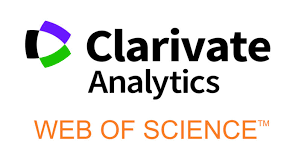
Read More
